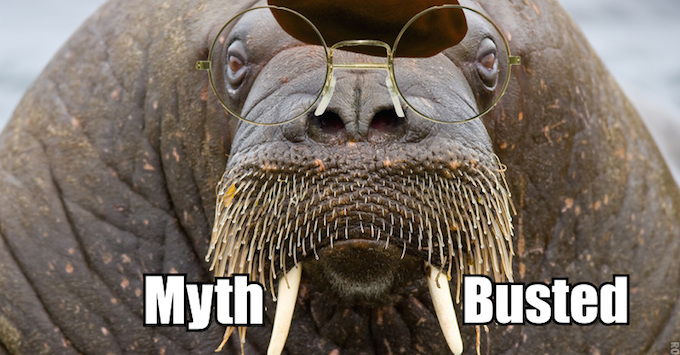
“I declare all my Facebook photos are copyrighted” “Free Southwest Flights”, “Bigfoot spotted”. This is the kind of crap gullible people share on Facebook, until enough friends point out these are fake they delete them. Now the company’s getting proactive by reducing the News Feed visibility of hoaxes.
Satirical content like The Onion will still fly, and Facebook won’t delete people’s foolishness, but it will show that content to fewer people and display a warning that it might be a sham.
Every few months it seems a new diatribe goes viral, where people accuse Facebook of appropriating ownership for their content. They copy and paste a status update claiming this legally reserves their ownership. This is stupid, not only because Facebook doesn’t claim ownership of your content in that way, but because even if it did, a social media update is obviously not legal protection.
Facebook actually published research on how memes like these spread through the feed. Now, it will use its algorithms to scalably silence the noise. It will look at signals like people deleting posts after they share them, and the new option when hiding a post to say that it’s a hoax. Facebook will not have human editors assessing the accuracy of posts, instead relying on signals from users.
Here’s why filtering out hoaxes is so important: People blame Facebook for showing them annoying posts. Whether that’s old Zynga game spam, crummy memes, viral statements, boring marketing posts, hoaxes, or ads, people hold Facebook responsible for what’s in the News Feed. They’ll blame the authors too, but their frustration leads them to visit Facebook less. It becomes a problem for businesses.
That’s why Facebook’s been on a crusade to clean up the feed, muting all these kinds of posts. There’s limited space, limited attention, yes people keep sharing more so there’s way more to choose from than can fit in the feed. That competition is causing organic Page reach to drop. By hiding crap, there’s more space for the good stuff.
With so much of the objectively horrible content banished, the question becomes whether Facebook will let people mass-filter out subjectively annoying stuff like baby photos.
Comments
Post a Comment